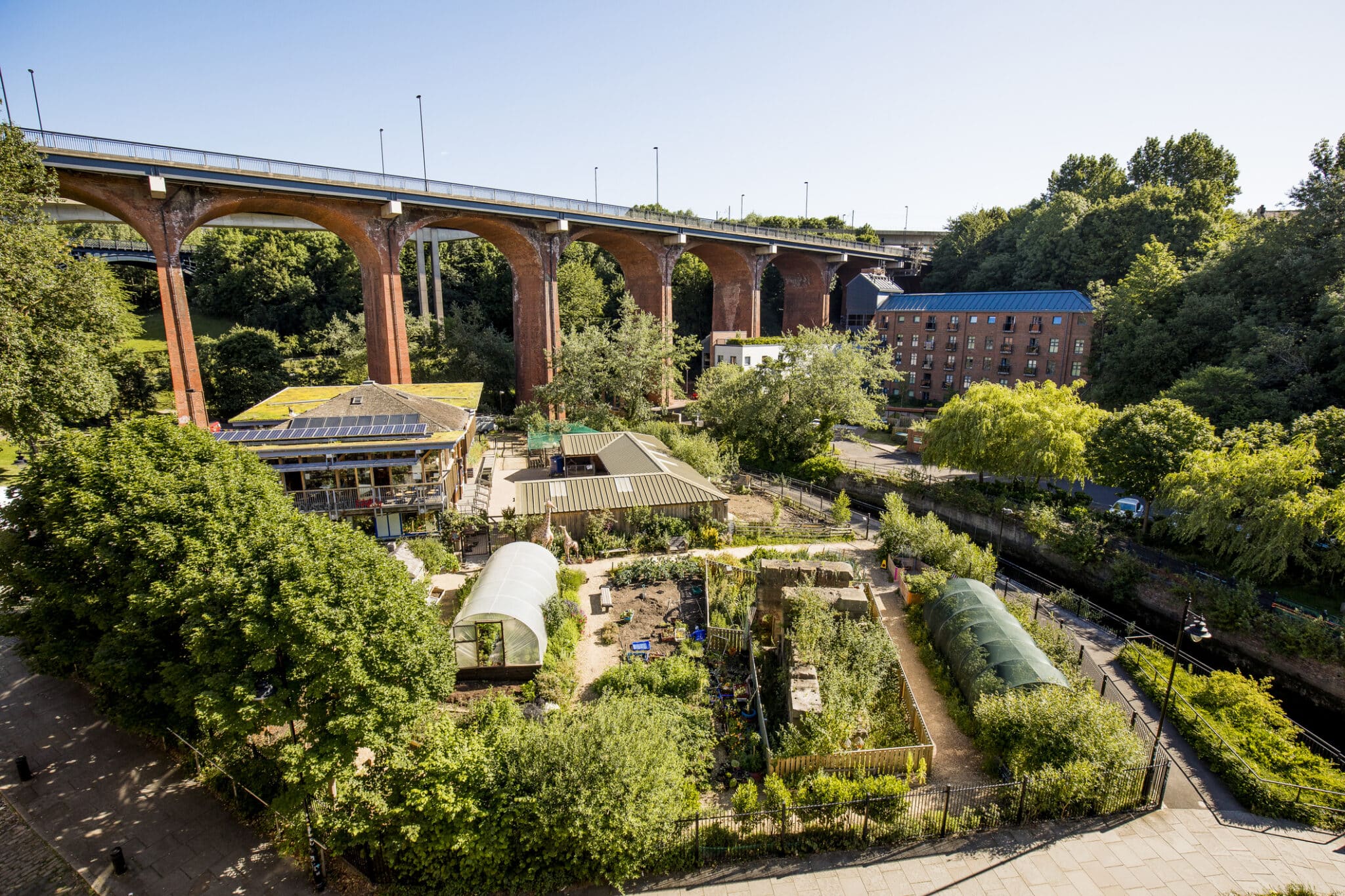Unknown Facts About City Blooming
Unknown Facts About City Blooming
Blog Article
Some Known Details About City Blooming
Table of ContentsThe Of City BloomingAn Unbiased View of City BloomingIndicators on City Blooming You Need To KnowThe City Blooming StatementsNot known Facts About City Blooming
Intrigued in expanding food up for sale in the City of Chicago? Considering starting a community yard? Modifications to the Chicago Zoning Ordinance allow farming usages like neighborhood gardens and metropolitan ranches in several components of the city. Below is a checklist of regularly asked concerns pertaining to the guidelines and guidelines that farmers need to consider when preparing a metropolitan farming task.
The zoning amendment does not change any various other codes taking care of composting, structure licenses, acquiring or renting City possessed home, service licenses or environmental contamination. There are existing codes that manage these concerns and they stay in full result and might apply to your task. Neighborhood yards are commonly owned or taken care of by public entities, civic organizations or community-based companies and preserved by volunteers.
Urban ranches expand food that is intended to be marketed, either on a nonprofit or for-profit basis. Due to their industrial function, urban farms require a service license. Yes. An area yard is permitted to offer excess generate that was expanded on site if the sales are accessory or secondary to the garden's key function described above.
What Does City Blooming Do?
Composting is allowed yet only for plant product that is created and utilized on site. The amount of compost product can not surpass 25 cubic lawns at any type of given time according to the standards in 7-28-715 of the City's Municipal Code. Yes. Since the dirt at most new yard websites requires amending, compost, dirt, wood chips, or other products can be acquired to build or improve the expanding area - sustainability.

If a building permit is called for then the hoophouse will certainly be considered an accessory structure. You can discover even more about the structure authorization needs by speaking to the Department of Buildings. The 25,000-square-foot dimension restriction is meant to stop a solitary community garden from dominating a provided block or diminishing the block's existing domestic or business character.
The limitation does not put on yards found in Public Open Area (POS) areas. Can there be greater than one area yard that is 25,000 square feet on a solitary block? Yes. The size limit relates to specific gardens, not to specific blocks. No. Fencing is not required, nevertheless, yards that have big parking areas might be needed to install fence or other landscape design features.
The Greatest Guide To City Blooming
B1 & B2 districts call for that all commercial usage tasks be conducted indoors. Is fence required for metropolitan ranches? Fences may be needed, along with landscaping and testing, for particular car parking locations and exterior job or storage space locations depending on location and the specific activity taking location.
Yes. Urban farms call for building authorizations and zoning approvals prior to building and construction. Various other types of city testimonial may be required depending upon particular structures, activities, size, landscaping, licensing, public heath and stormwater management problems. Most of these requirements are determined in the task design or permitting procedure, nonetheless, the candidate might be accountable to separately recognize specific licenses or allows that may be called for.
Yes. The kind of certificate is identified by what is taking place at the website. The Division of Business Matters and Consumer Security can aid figure out the Check Out Your URL details kind of company certificate that's called for. Yes. Off street auto parking is needed for the majority of industrial projects in Chicago. The called for number of garage is based on the variety of employees servicing website and not the square footage of the expanding area.
The Best Guide To City Blooming

A metropolitan farm can offer compost product produced on site, nonetheless, the operation should conform with the regulations in 7-28-715 of the Chicago Municipal Code. Aquaponic systems are allowed inside your home on metropolitan farms in several zoning districts.
Up to 5 hives or swarms of honey bees might be kept as an accessory usage. Nonetheless, beekeepers should register with the Illinois Department of Agriculture. For additional information concerning the proposed zoning modification you might call the Department of Real Estate and Economic Advancement, Bureau of Planning and Zoning at 312.744.8563.
Farming in cities and city areas A city farm in Chicago. Urban agriculture refers to various methods of cultivating. http://prsync.com/city-blooming/, handling, and dispersing food in city locations. The term also relates to the area tasks of animal husbandry, tank farming, beekeeping, and cultivation in a city context. Urban agriculture is differentiated from peri-urban agriculture, which takes area in country areas beside residential areas.
City Blooming Things To Know Before You Get This
, who seek to develop social networks founded on a shared values of nature and area holism. These networks can develop by way of official institutional assistance, coming to be incorporated into neighborhood town planning as a "shift town" activity for sustainable urban growth.
Some of the very first proof of urban farming comes from Mesopotamia.
Report this page